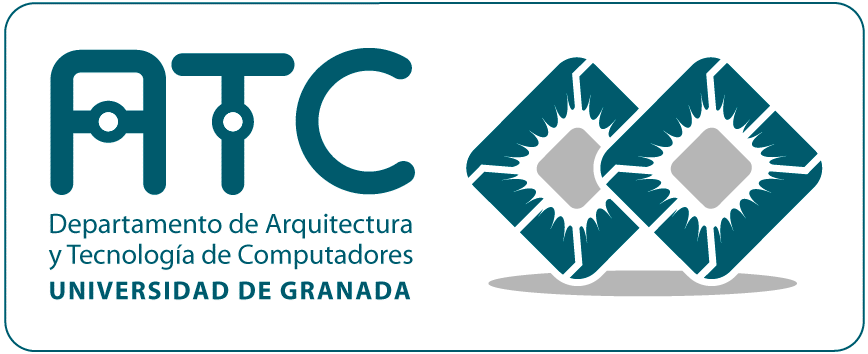HOME
Heterogeneous parallel and distributed computing platforms, including networks, sensors and other devices, and improvements in storage technology, have made it possible to have large databases, from which applications are emerging to face many of the challenges of the digital society. This project considers that the analysis of large volumes of high dimensional data and/or frequently appearing in the previously mentioned applications are not possible without both (i) the efficient use, in terms of performance and electric energy consumption, of heterogeneous parallel and distributed computer architectures, which include accelerators, such as GPUs (Graphic Processing Units), vector units and even TPUs (Tensor Processing Units), and storage resources managed by distributed file systems, and (ii) the development of powerful procedures based in new approaches appearing in machine learning and evolutionary computation such as deep learning.
The research team of this coordinate project includes a total of 23 doctors organized into three subgroups, gUGR, gUMA and gUAL, belonging to three research groups recognized by the Junta de Andalucía as TIC117, TIC251, and TIC221, respectively from the Universities of Granada, Malaga, and Almeria.
Together with the contributions that have been made in our previous projects TIN2012-32039 (2013-2015), and TIN2015-67020-P and PSI2015-65848-R (2016-2018), the evolution of the research lines in which we have been working are defining new challenges and, with them, more opportunities for applying our techniques to face the challenges of the digital society. The following figure summarizes the fundamental topics that this project addresses.
Topics addressed by this project
The most relevant contributions of our groups in the areas tackled by this project are:
- Energy-time efficient algorithms for parallel high-dimensional classification and multi-objective optimization.
- Deep neural networks for classification of high-dimensional data.
- Hard-soft infrastructure for energy consumption-awareness.
- Applications on biomedical engineering. This project focuses on three applications on the field of the Biomedical Engineering in which the participating groups have previous experience through projects TIN2012-32039, TIN2015-67020-P and PSI2015-65848-R: the early diagnosis of Developmental Dyslexia (DD) (gUMA), the classification of electroencephalograms (EEG) for BCI tasks (gUGR), and the context-aware modeling in healthcare (gUGR).

Financed by: FEDER/Ministerio de Ciencia, Innovación y Universidades – Agencia Estatal de Investigación/Proyecto (PGC2018-098813-B-C31).

